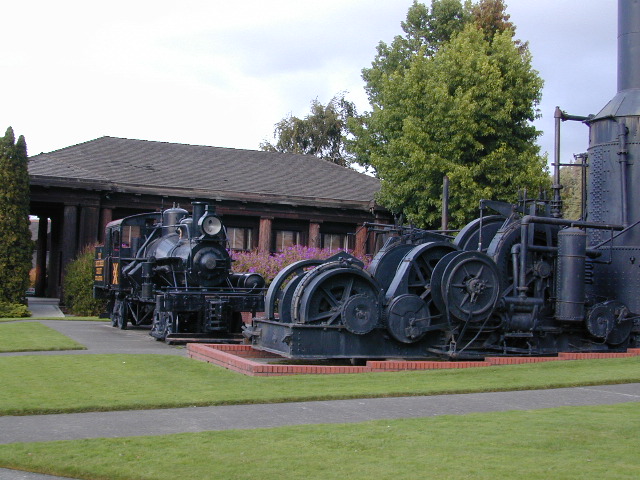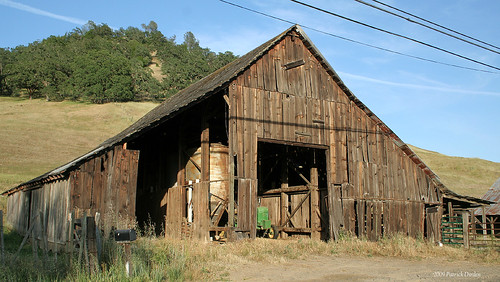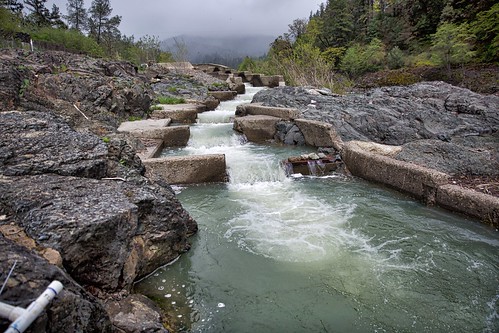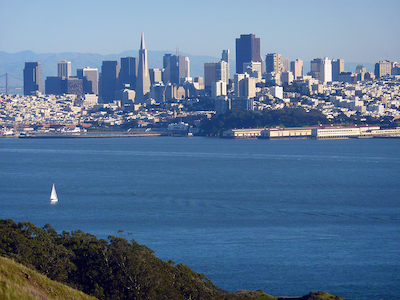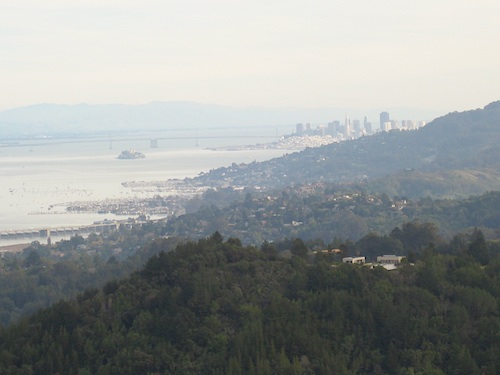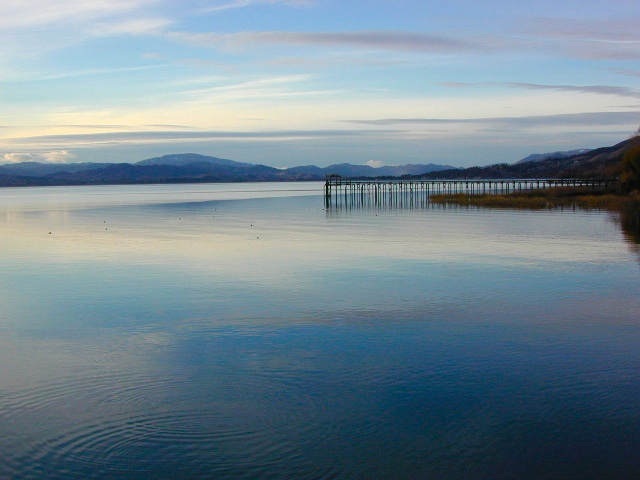Humboldt Wineries
Humboldt Redwoods
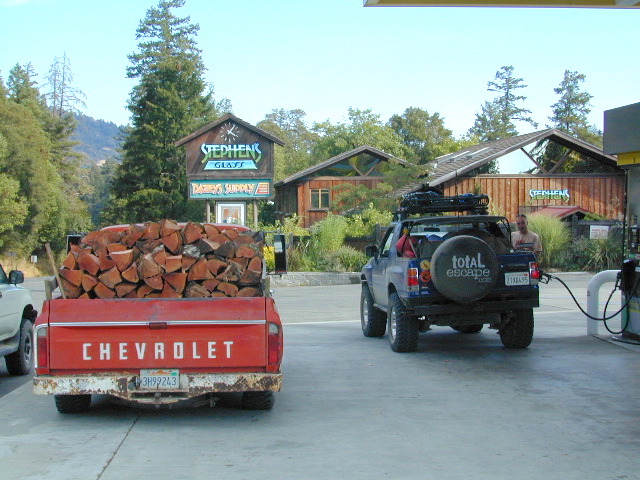
Briceland Vineyards Winery
5959 Briceland Rd
Redway, CA 95560
+17079232429
Fieldbrook Winery
4241 Fieldbrook Rd
McKinleyville, CA 95519
+17078394140
Monument Mountain Vineyards
2330 Monument Rd
Rio Dell, CA 95562
+17077643752
Moonstone Crossing Winery
529 Trinity St
Trinidad, CA 95570
+17078455492
Old Growth Cellars
1945 Hilfiker Ln
Eureka, CA 95501
+17074409254
Riverbend Cellars
12990 Avenue of the Giants
Myers Flat, CA 95554
+17079439907
Septentrio Winery
650 6th St
Arcata, CA 95521
+17076722058
Trinity River Vineyards
3160 Upper Bay Rd
Arcata, CA 95521
+17078255888
Whitethorn Winery
545 Shelter Cove Rd
Whitethorn, CA 95589
+17079861658
Wrangletown Cider Company
North Story Wines
955 I Street
Arcata, CA 95521
+17075085175
Yeilding Winery
67442 Bell Springs Rd
Laytonville, CA 95454
+17073269355

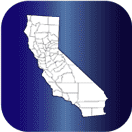
HUMBOLDT COUNTY, CALIFORNIA
